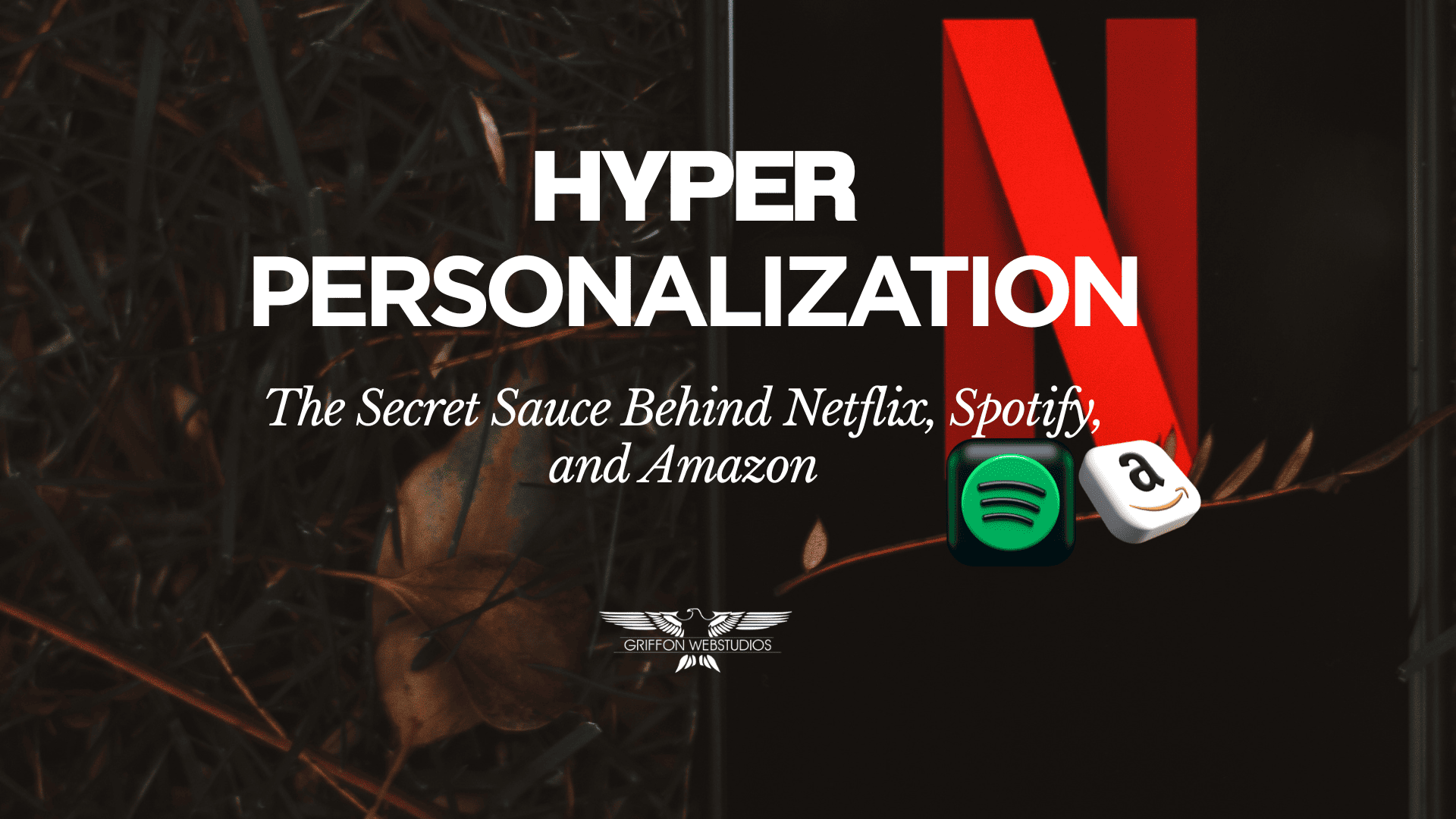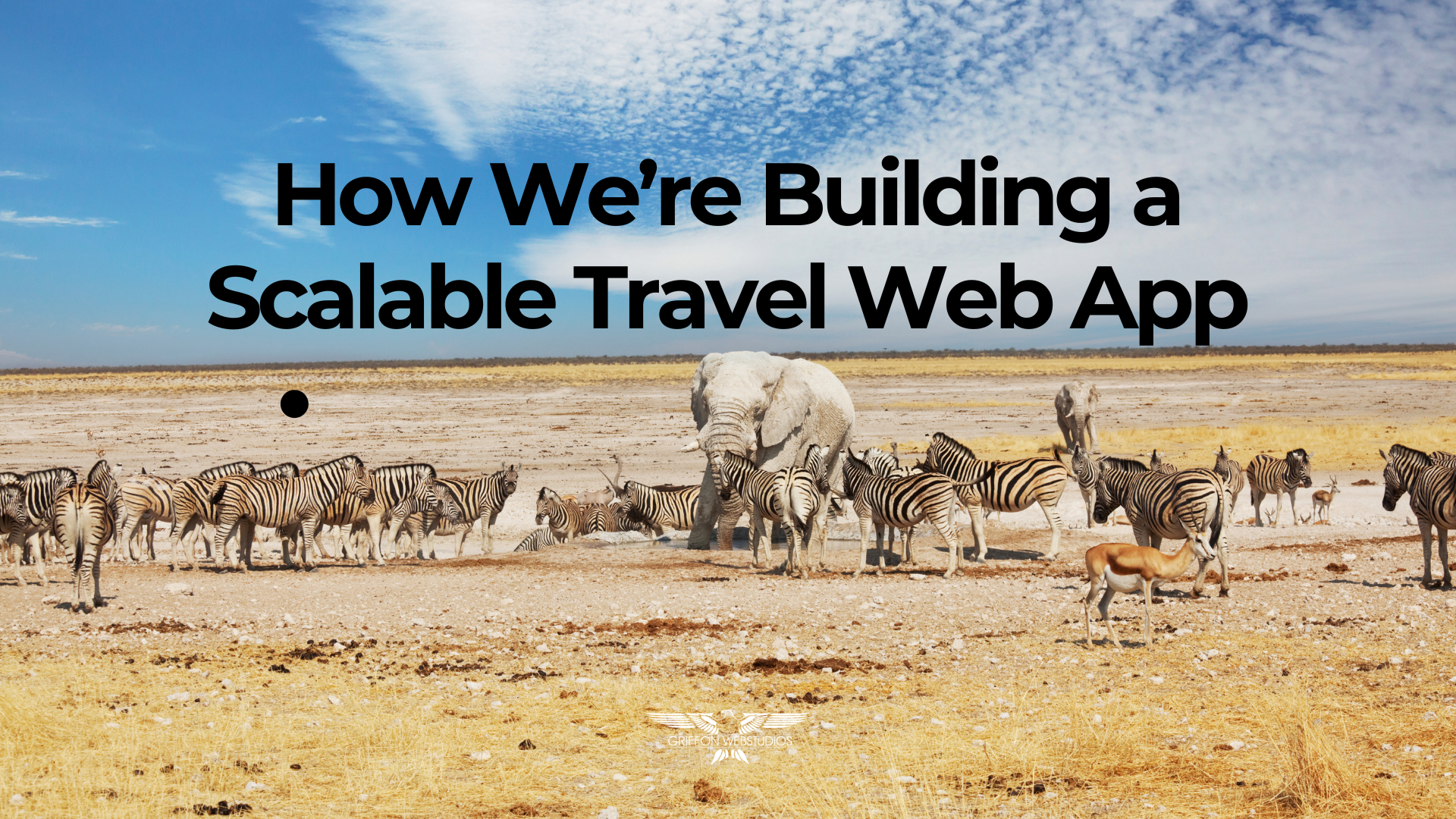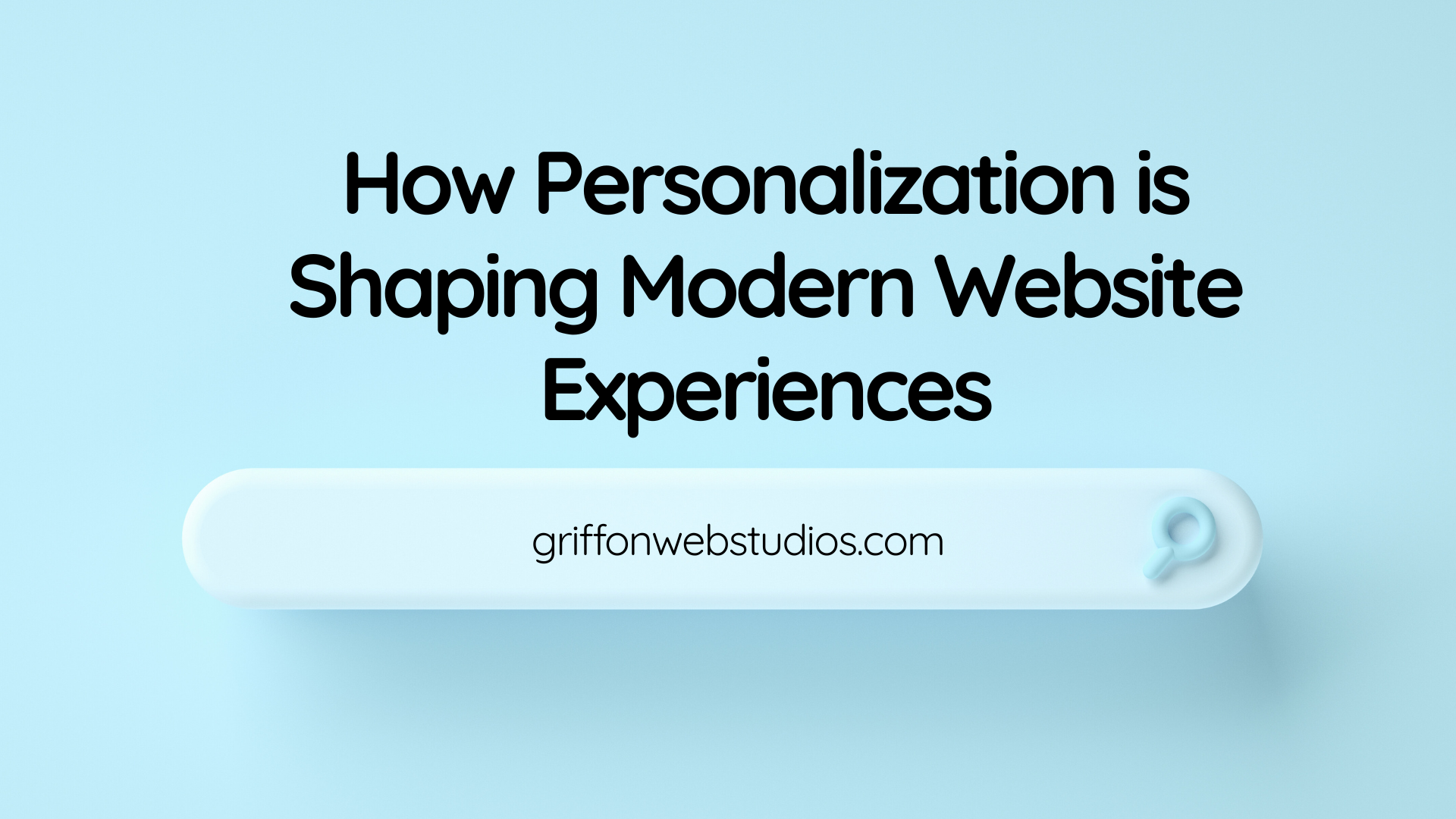Ever paused mid-scroll and wondered “how does Netflix always seem to know what I want to watch next?” Or how Spotify slips into your Monday morning with a Discover Weekly playlist that just gets you? Or how Amazon, with unnerving precision, recommends the exact product you didn’t know you needed?
That’s not luck. That’s hyper-personalization and these companies are the masters of it.
In 2025, the age of one-size-fits-all digital experiences are dead. People expect brands to understand them, not in a vague, “we know your name” way but in a “we know what you want, before you do” kind of way.
This blog breaks down how the tech giants pull this off at scale and what you can steal from their playbook even without a billion-dollar tech stack.
What Exactly Is Hyper-Personalization?
Let’s be clear: this isn’t just about tossing someone’s name into an email subject line.
Hyper-personalization uses real-time behavioral data, AI, machine learning, and contextual triggers to craft highly relevant, often predictive experiences tailored for each individual.
Think of it as personalization on steroids. It’s not “because you bought this, here’s something similar.” It’s “based on what you looked at, clicked on, paused, skipped, searched for, and the time of day you did it… here’s what you’ll want next.”
Netflix: Engineering the Binge
Netflix’s personalization isn’t just smart, it’s surgical.
How it works: Every interaction, what you watch, skip, rewatch, pause, or abandon is tracked. Not just what you watch, but how you watch. That’s layered with your device, time of day, preferred genres, and even artwork you respond to.
The magic trick? Personalized artwork thumbnails. You and your friend might see totally different posters for the same show, depending on what type of visuals you’re more likely to click. Add dynamic rows, tailored categories, and custom trailers, and you get a homepage that’s completely yours.
The goal: Remove friction. Decision fatigue is real. Netflix doesn’t want you browsing; it wants you watching. The less time you spend hunting, the more time you spend binging and that’s the business model.
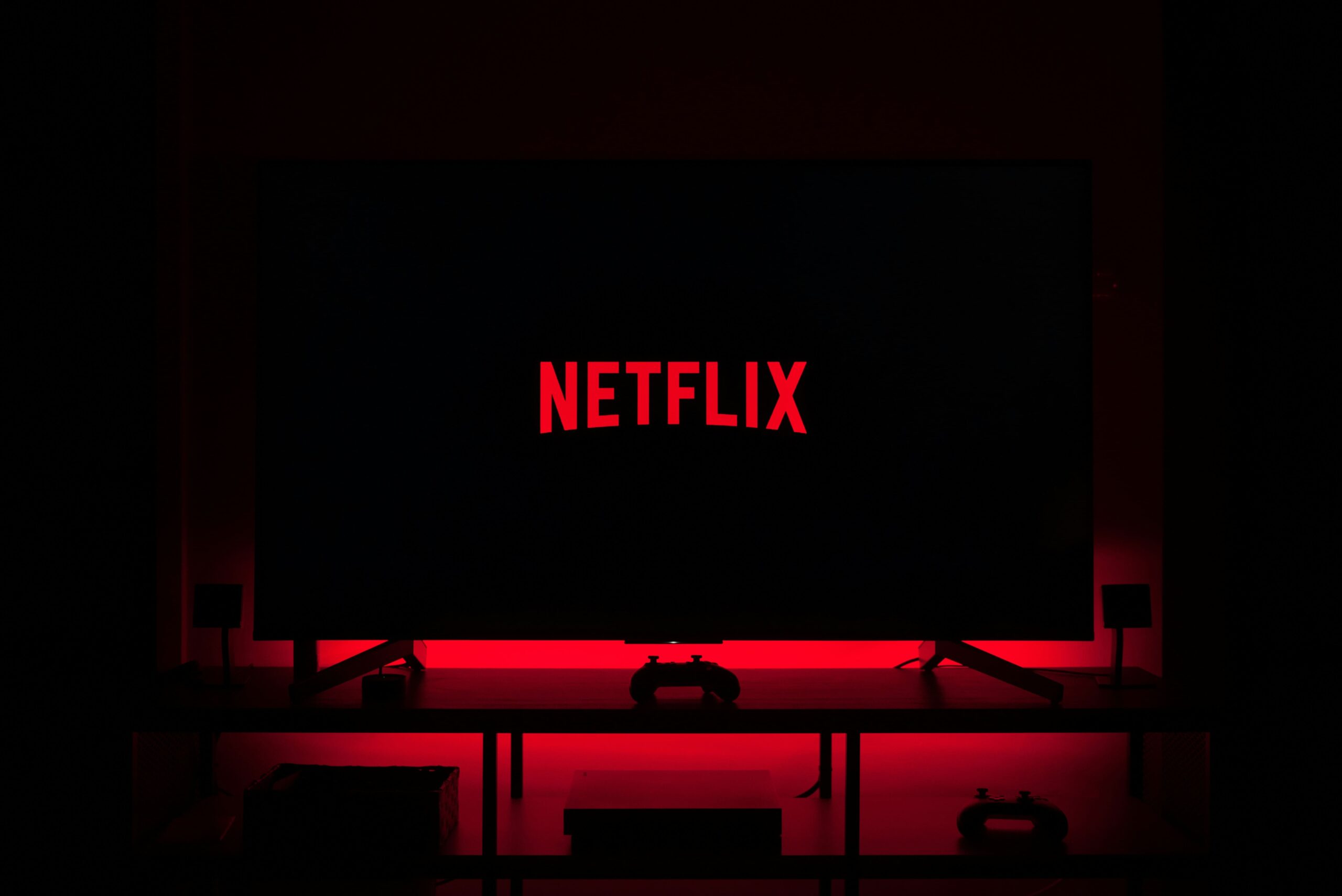
Spotify: Your Life, Set to Music
Spotify isn’t just serving up tracks. It’s crafting soundtracks to moments in your day.
How it works: Your listening history is just the tip of the iceberg. Spotify uses contextual data like time of day, activity type (gym, commute), even local weather to fine-tune recommendations. They’ve trained machine learning models to detect genre shifts, mood shifts, and tempo preferences.
The signature move? Playlists like Discover Weekly and Daily Mixes. These aren’t curated by people, they’re generated by AI that understands your evolving tastes better than you might.
The emotional hook: “Spotify Wrapped” has become a cultural moment. It doesn’t just show what you listened to, it reflects who you are. That’s hyper-personalization with emotional payoff.

Amazon: Precision That Prints Money
Amazon’s game isn’t just about showing options, it’s about reducing purchase hesitation.
How it works: Browsing history, past purchases, wishlist, time on page, location, device type it all feeds Amazon’s personalization engine. It doesn’t just recommend products; it fine-tunes timing, placement, and even pricing based on user behavior patterns.
Key tactics:
- “Frequently bought together”
- “Customers also viewed”
- Auto-reordering reminders
- Predictive shipping (yes, they sometimes ship items before you order them)
The outcome: Fewer clicks to checkout. Amazon doesn’t just sell products they remove the friction that stops people from buying.
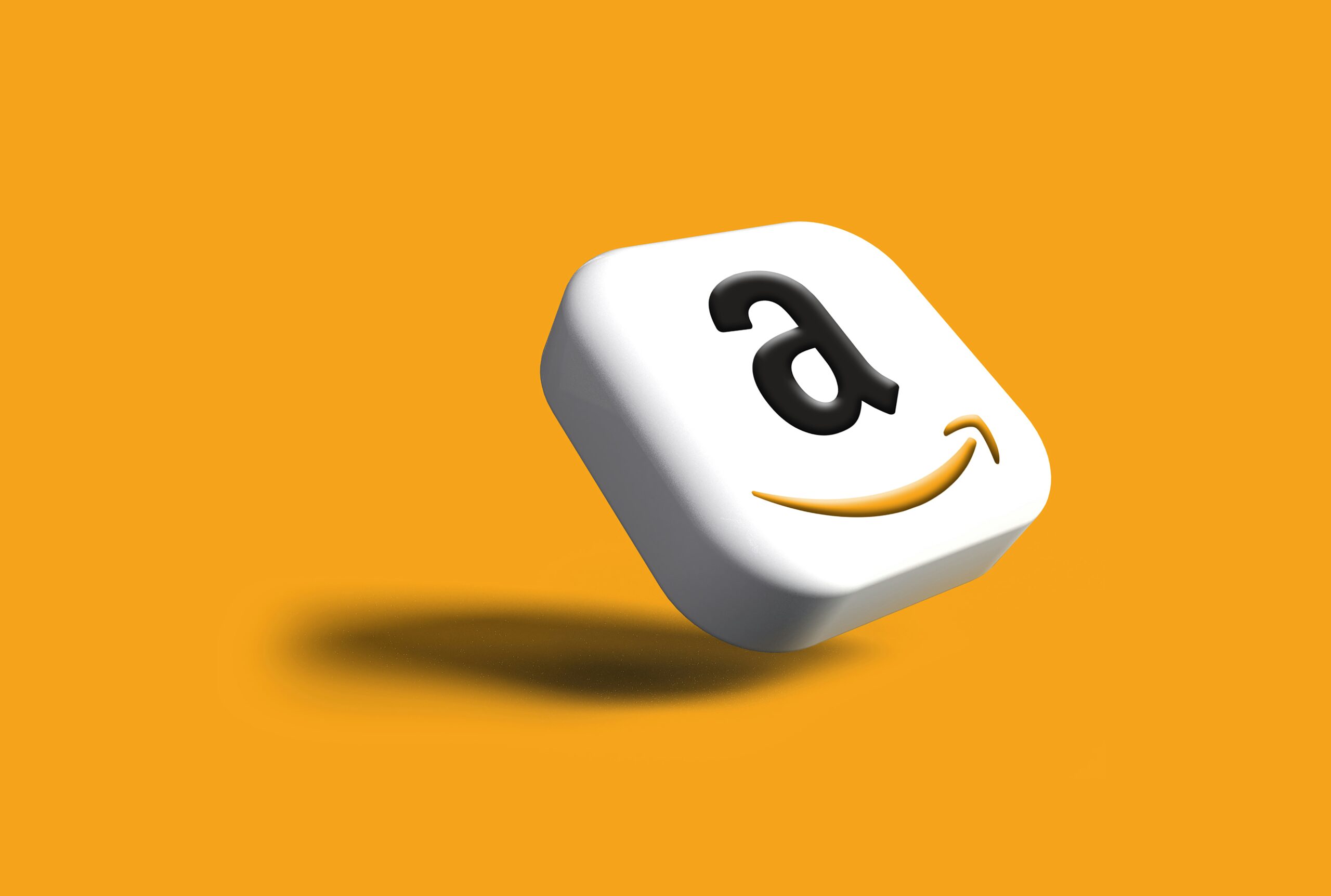
The Common Denominator: Data, AI, and Relentless Experimentation
What do all three companies have in common?
- Massive Data Collection: Every micro-interaction is a data point.
- AI/ML Models: These process real-time data to constantly improve recommendations.
- Testing Culture: A/B tests run 24/7. Thumbnails, layouts, CTA buttons. you name it, they’re testing it.
- User-Centric Obsession: Everything revolves around how fast and how often users engage.
But the real key is Contextual Relevance. They’re not just showing what might be interesting. They’re showing what’s relevant right now.
Can Smaller Brands Do This? Yes! Here’s How.
You don’t need to be Amazon to personalize smart. Start small lean. Start with the tools you already have.
1. Behavioral Email Flows
Use platforms like Klaviyo or Mailchimp to trigger emails based on user actions—browse abandonment, past purchases, content consumed.
2. On-Site Personalization
Dynamic content platforms like Mutiny, Optimizely, or even Shopify apps can personalize banners, headlines, and product blocks based on user segments.
3. Personalized Product Recommendations
Most ecommerce platforms support product recommendation engines. Train them using browsing data or let apps do it automatically.
4. Segmented Ad Campaigns
Use Meta or Google audience segments to run highly personalized ad creative. Match user intent, not just demographics.
5. Use What You Know
Location, device, time of day, referral source. These are goldmines. Tailor the homepage, offers, or CTAs based on those simple cues. You might not have billions of data points, but even a few smart ones can create meaningful impact.
The Line Between Smart and Creepy
There’s a fine line between “wow, that’s helpful” and “how the hell do they know that?” Hyper-personalization must always walk that line with care.
- Be Transparent: Let users know what data you collect and why.
- Give Control: Allow users to adjust personalization settings.
- Respect Boundaries: Don’t make assumptions that cross ethical or emotional lines. The best personalization feels intuitive, not invasive.
Personalization Isn’t Optional
Here’s the thing: customers are no longer surprised when brands know what they like. They expect it. And when they don’t get it, they bounce. Netflix, Spotify, and Amazon have shown us the ceiling. At Griffon Webstudios, we help brands tap into the power of hyper-personalization whether it’s through smart email flows, AI-driven product suggestions, or personalized website experiences that actually convert.
Hyper-personalization isn’t a gimmick. It’s the new standard for relevance, retention, and revenue. The good news? You don’t need their scale, you just need their mindset.

